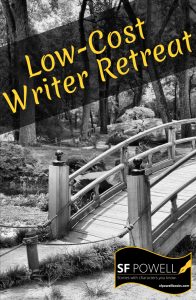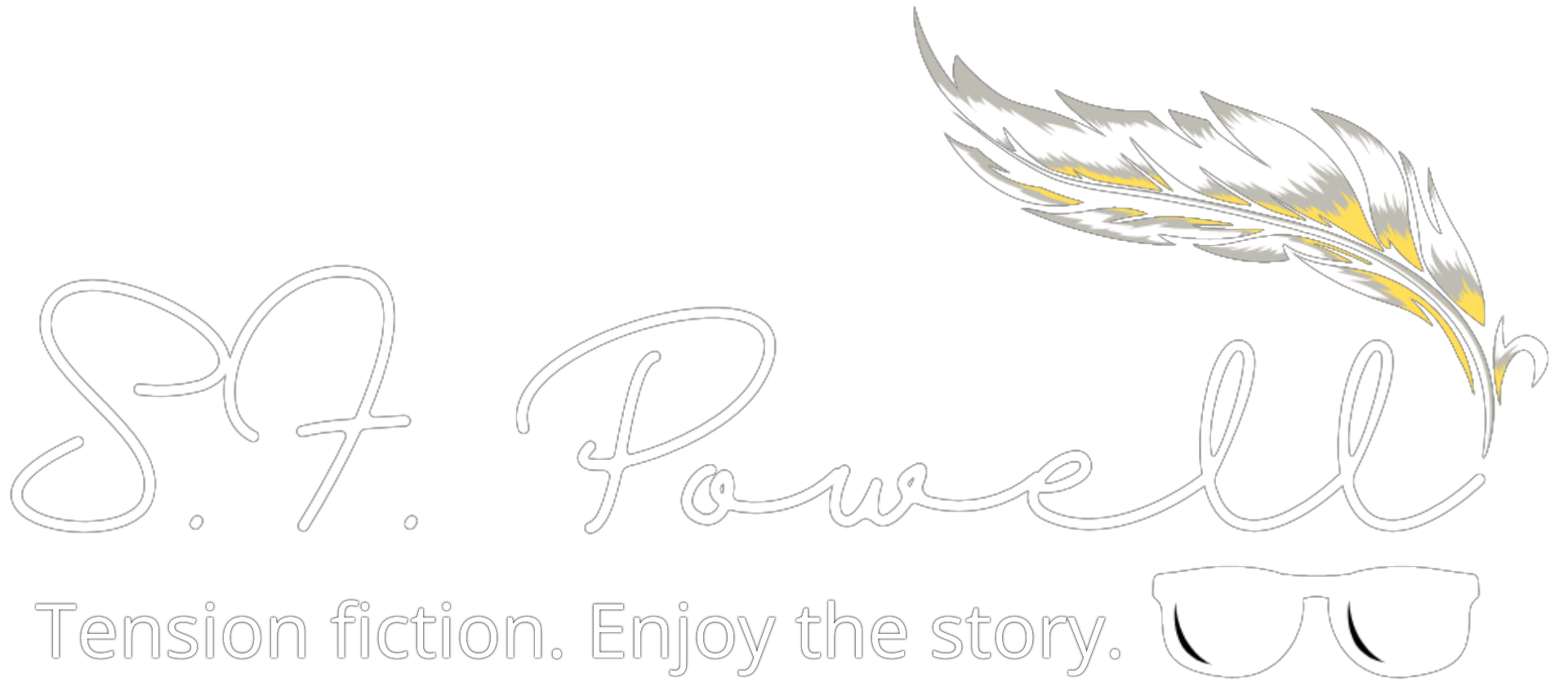Create Your Own Writer’s Retreat: A State Park Tour
 Writers sometimes need solitude. Many writers create pages of prose around crowds, but generally, writing is a solitary experience, so, writers need solitude. Writers have their designated ‘zone’ spots, but occasionally, the desire to ‘get away’ arises. A writer’s retreat offers opportunity to refocus on your craft. It’s also time, to maybe entertain new genres or writing styles, or chill the mind before beginning that next novel.
Writers sometimes need solitude. Many writers create pages of prose around crowds, but generally, writing is a solitary experience, so, writers need solitude. Writers have their designated ‘zone’ spots, but occasionally, the desire to ‘get away’ arises. A writer’s retreat offers opportunity to refocus on your craft. It’s also time, to maybe entertain new genres or writing styles, or chill the mind before beginning that next novel.
Writers’ retreat conferences often provide a particular interaction and feedback authors need to better their skills. This blog, however, is about a personal writer retreat: private time for an introspective exploration of your writing life. But, with current restrictions on air travel and budget constraints due to economy troubles from the pandemic, a writer’s retreat seems impossible if not impractical. It isn’t, though.
Week-long retreats on the beaches of Hawaii sound wonderful, but again, affordability is key. Closer to home means less spending for travel, and perhaps you have other responsibilities requiring you remain close by. So: you need to get away to recharge your writing, prefer to be close to home, and must watch the pennies. Think outside of the box. The idea of retreating at state parks is likely farthest from consideration, but they’re an ideal writer’s retreat destination. Now, let’s assume ‘spousal’ care, childcare, and ‘job’ care (i.e. days off) are settled …
The Writer’s Retreat ‘Care’ Package
Some of us are pen-and-paper’ writers, others of you are laptop devotees. Either way, as this is a writer’s retreat, here are writing essentials to pack:
- Water & (healthy) snacks. No writing focus happens without a hydrated body or with distraction of stomach growls. A portable cooler goes well here.
- Pens & paper. Plenty pens and paper (loose leaf, notebooks, etc.) will come in handy—even for those unable to imagine parting with their laptop. When that battery needs charging, but the writing juices are still flowing …
- Portable power station (fully charged). Typing away on that beloved laptop, you’ve got the best prose your written in years zooming across the page. And then you get notification you have 10% battery life left … Let’s remedy the frantic stress of that moment by being prepared. Useful for cellphone recharging, too.
- Books & Bubbles. Writers should be readers, but sometimes, getting the time for it proves challenging. As this is part-vacay, pack books in your favorite genre. Blowing bubbles is an excellent stress reliever. Just pack some.
- Your ‘Muse’ charm or trinket. You’re a writer; you know what this is. You also know how futile this retreat will be (real or imagined) without it.
Writing, Retreating, a State Park, and You
A state park; really? Sure. One could easily spend an entire day at a state park. Standard writer retreats range three days to a week. A writer’s retreat is a vacay, but it isn’t: the goal is revitalizing the creative juices. Writer’s block isn’t a necessary precursor. Now, the idea is to take a state park tour as your ‘retreat.’ For the duration of the retreat, each day, visit a different state park. You may want to start with the parks near your home and venture farther out, or start farther away from home, making your way closer as the retreat draws to a close. Me? The latter suits me better.
Let’s say the state park tour writer’s retreat begins with visits to parks farther away from home. Depending on the mileage, it may be impractical to return home each night. So, find an affordable hotel/motel for one or two nights—maybe one located ‘central’ to multiple parks. If you’re feeling truly adventurous, many parks have campgrounds. Consider camping for a night or two. As the retreat closes, with visits to parks nearer your home, you’ll sleep in your own bed.
Your Writer Retreat
Sleeping arrangements established and writing essentials on hand, it’s time to get ‘retreating.’ Again, this is part vacay; a solitary one, but still. State parks each have something different to offer.
Select unique locations or activities. Even if you’ve visited a state park before, it’s not likely you’ve explored everything. Keep expenses low by choosing a low-cost but fun park activity. The park activity is just something to relax the mind but also stimulate it to get the writing creativity sparked. Most state parks charge admission fees: something else to consider.
Weather dictating, with pen and paper (or laptop) in hand, enjoy views of the park, from inside your car or on park seating. Inside the car allows you to let music surround you for calming inspiration, but this first day, it’s all about … not writing. Read, take in the scenery, but: no active writing. At most, jotting a few notes related to writing ideas, is the limit. Day one is about settling into the purpose of the retreat, with unavoidable thoughts about writing. Days two through four shift the focus appropriately.
Do something different each day. State parks usually have some noteworthy feature: beautiful waterfalls, scenic lakes, great hiking trails, etc. Maybe all of the them. Rotate taking advantage of each park’s natural wonders before and after your writing sessions. Stop for dinner before returning to your room; make plans for the next day’s writing. Before you know it, the day(s) will be over with.
For a private writer’s retreat on a budget, think closer to home and outside of the box. State parks are usually reserved for single-day ventures, but they can be utilized for week-long retreats. All states have multiple state parks—and Mother Nature’s just waiting to inspire that next work.
Until the next blog, stay serif and read on (fiction, non-fiction, comics: you know what you like).

